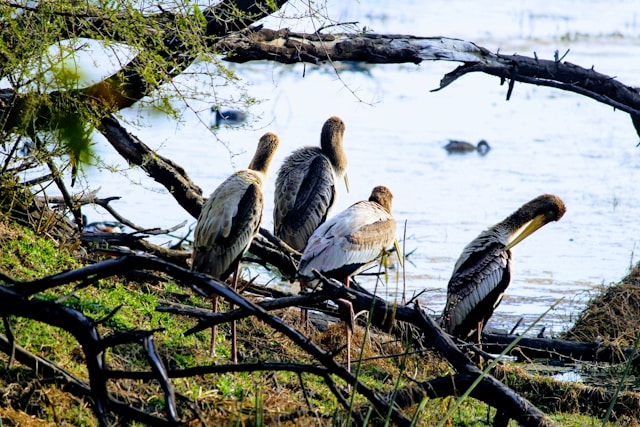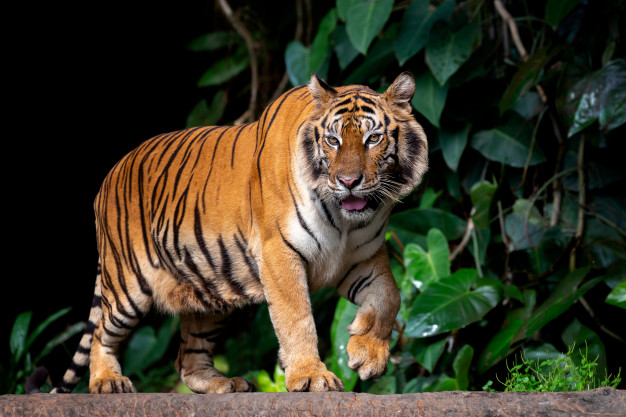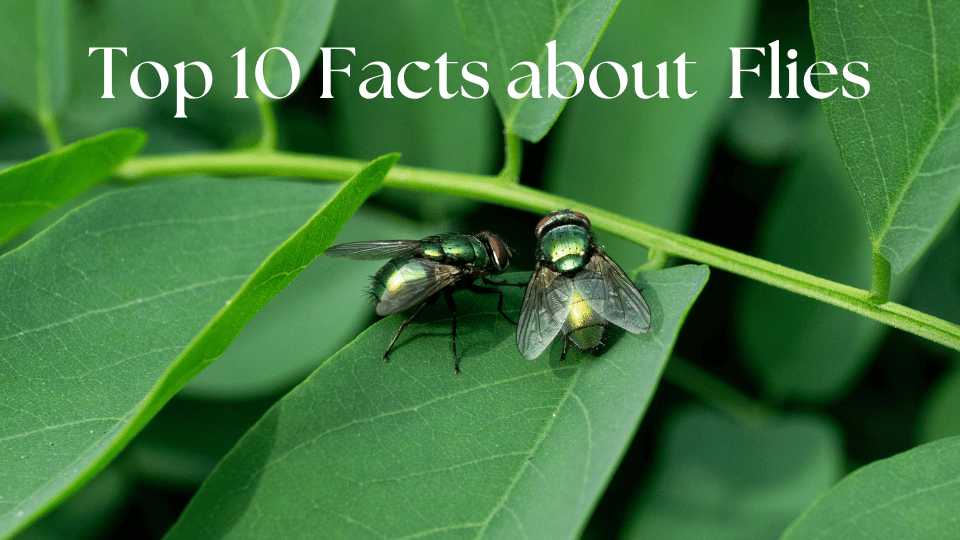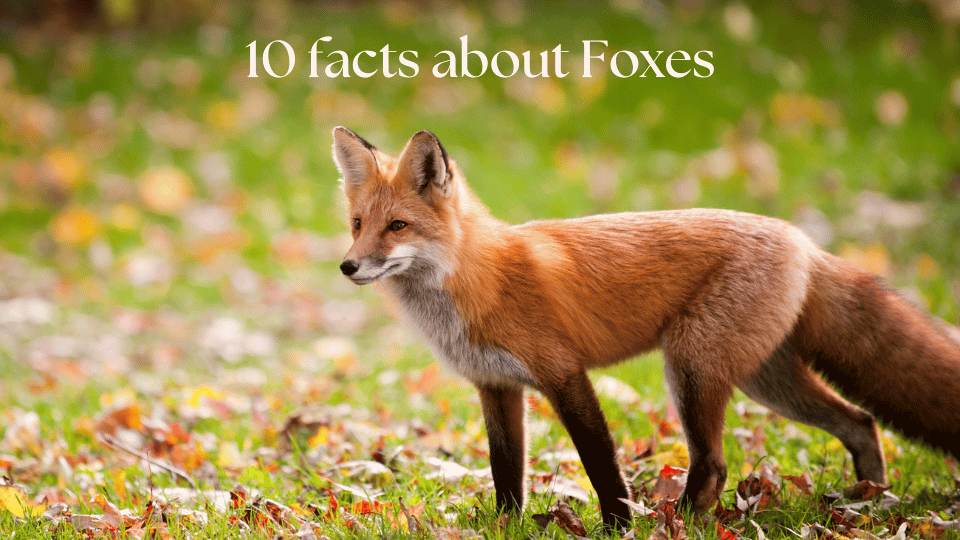Bharatpur Bird Sanctuary, also known as Keoladeo National Park, is a famous bird watching haven located in the Bharatpur district of Rajasthan, India.
Historical Significance: Maharaja Suraj Mal established the sanctuary 250 years ago. The rulers of Bharatpur initially used it as a natural depression marsh for hunting and annual duck shoots.
UNESCO World Heritage Site: The sanctuary’s exceptional avian biodiversity led to its designation as a World Heritage Site in 1985.
Here’s an overview of this magnificent sanctuary:
Ecological Marvel: Originally used as a waterfowl hunting ground, the park is a man-made wetland. The park has undergone a transformation into a bird sanctuary, playing a crucial role in the conservation of various bird species.
Birdwatcher’s Paradise: With over 400 species of birds, including both resident and migratory birds, the sanctuary is one of the world’s richest bird areas. The migratory birds come from as far away as Siberia and Central Asia to spend their winters in Bharatpur.
Flora and Fauna: Apart from birds, the sanctuary also supports a wide variety of flora, numerous mammal species, and different fish, snake, lizard, and turtle species.
Tourist Facilities: You can cover the well-defined treks in the park on foot, by bicycle, by rickshaw, or by car. There are also numerous towers scattered across the park to facilitate bird watching.
Conservation Efforts: In 1971, the Ramsar Convention declared it a protected sanctuary. It also became a UNESCO World Heritage Site in 1985 due to its significant natural habitat for biodiversity.
Cultural Impact: The sanctuary is not only a hotspot for biodiversity but also a living, thriving example of community involvement in conservation, as the local population plays an active role in its maintenance and preservation.
Birds Diversity: Bharatpur Bird Sanctuary is home to at least 400 species of birds, making it a paradise for bird watchers and ornithologists.
Migratory Birds: It is a wintering habitat for Palaearctic migratory birds, like ducks, and hosts a large number of non-migratory resident breeding birds.
Eco-System: A maharaja artificially created the park’s ecosystem by damming a natural depression, which resulted in the formation of Bharatpur Lake.
The best time to visit is from August to November to see resident birds, and from October to February to observe migratory birds.
Safari Options: Visitors can explore the sanctuary via Elephant Back Safari, Jeep Rides, or Rickshaw Safari. For the best bird-viewing experience, an elephant-back safari and a rickshaw safari are recommended.

Birds that are found here
Here is a list of some of the birds that inhabit this sanctuary:
The species of waterfowl include the Lesser Whistling Duck, White-headed Duck, Bar-headed Goose, Greylag Goose, and various species of teal such as the Garganey and Northern Shoveler.
Raptors, including the Greater Spotted Eagle and Imperial Eagle, are among the highly endangered species.
Waders include a variety of stints and shanks.
Land Birds: These include species such as the Indian Peafowl, Common Quail, and Jungle Bush Quail.
Others: The sanctuary also hosts Pelicans, Cranes, Geese, Ducks, Herons, Cormorants, Spoonbills, Storks, Warblers, Wagtails, Flycatchers, Buntings, Larks, and Pipits.
Conclusion
This is just a glimpse of the rich bird life that thrives in the diverse habitats of Bharatpur Bird Sanctuary. It’s a haven for bird enthusiasts and conservationists alike.
These facts highlight the sanctuary’s rich history and its importance as a haven for birds from around the world. It’s a must-visit for anyone interested in wildlife and nature conservation.





